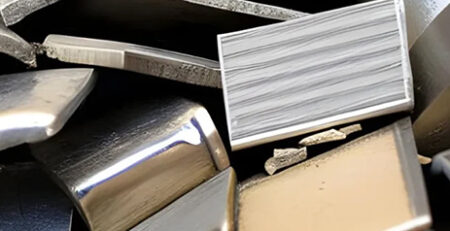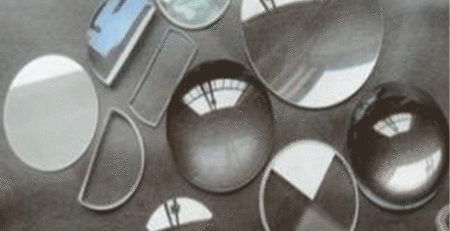Optiliste läätsede tootmine
The optiline klaas is mixed with the oxides of high-purity silicon, boor, naatrium, kaalium, tsink, juhtima, magneesium, kaltsium, baarium ja muud oksiidid vastavalt kindlale valemile, sulatatakse kõrgel temperatuuril plaatinatiiglis, ja segage mullide eemaldamiseks ühtlaselt ultrahelilainega; Seejärel jahutage aeglaselt pikka aega, et vältida klaasploki sisemist pinget. Jahutatud klaasplokki tuleb mõõta optiliste instrumentidega, et kontrollida selle puhtust, läbipaistvus, uniformity, refractive index and dispersion index meet the specifications. The qualified glass block is heated and forged to form optical lens rough embryo.
Optical lenses are lenses made of optical glass, in the optical lens production line, the raw material optical glass is sent to a specific workshop for inspection through cutting, rough grinding, fine grinding, polishing, edge grinding, edge cutting and other processes.
Minevikus, most of the original lenses were cut by internal diameter cutting machines, but the appearance of wire loop saw replaced the internal diameter cutting machine, with higher cutting efficiency.
Video of cutting optical glass with wire loop saw:
https://www.youtube.com/watch?v=rAhEhh7njIA
In addition to being used for eye lenses, optical lenses can also be used for lens lenses. Optical lenses can be divided into: security monitoring (ITS, vehicle-mounted monitoring), mobile phone photography, machine vision (FA, line scanning, telecentric, 3D structured light, color selection), digital camera, cinematography, industrial detection (biometric identification, skin detection, TOF), UAV aerial photography, projector, scanner, aerial camera, AR/VR, motion DV Thermal imaging and so on, the application industry has been expanding in recent years.



